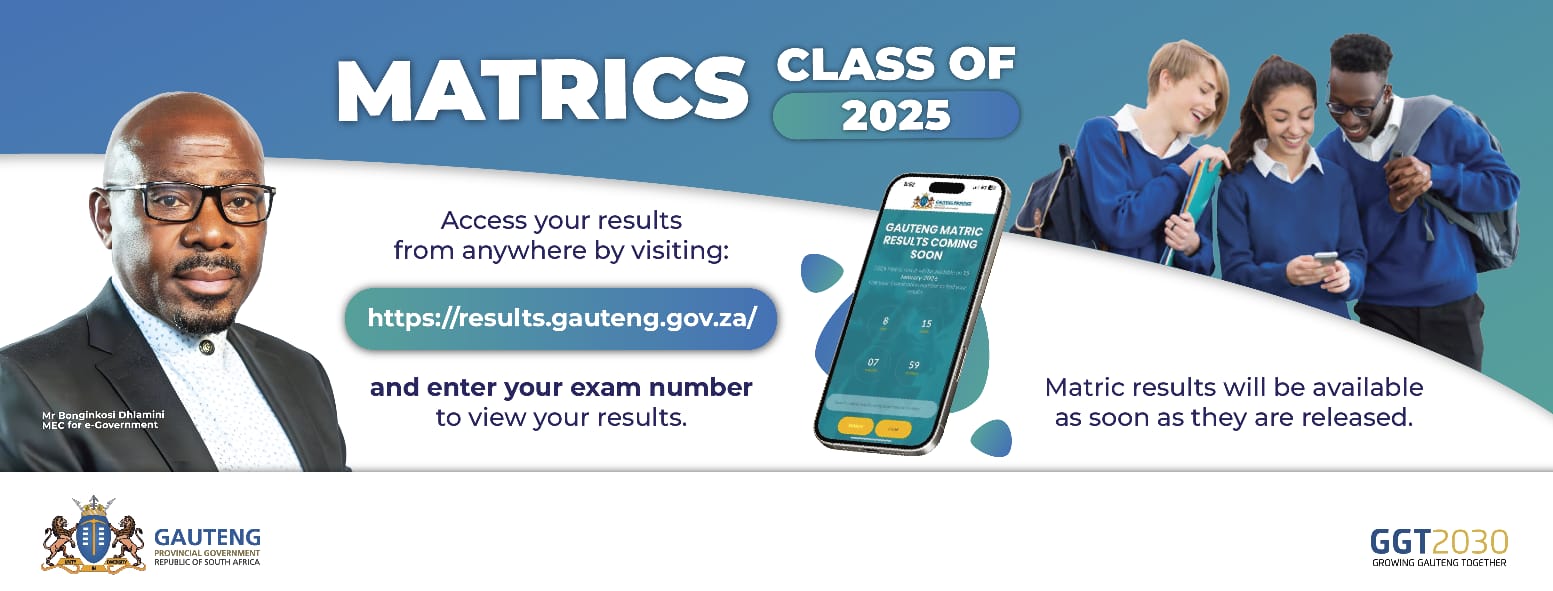
Prof Yudhvir Seetharam
In the post-Covid-19 era, cost containment remains a top priority for most businesses. This presents something of a challenge for data science departments seeking to recruit additional or replacement team members, as the value they bring to the organisation can be difficult to quantify. Unlike well-known and widely understood business areas like sales, marketing, or risk management, the outcomes and objectives of data science and analytics roles are not always easily understood by finance leaders.
Part of the problem lies in the lack of understanding among non-data professionals about what data professionals actually do. And the rapidly evolving data landscape, which is transforming roles and creating new positions with previously unimagined titles like ‘Generative AI Specialist’ further complicates matters. All of which makes it increasingly difficult to convince business-focused individuals who control the organisation’s purse strings of the necessity to spend money filling positions they know little to nothing about.
To address this challenge, data departments have to find a way to quantify and demonstrate the value they and their people deliver to the business. This requires a clearly defined framework that monetises the value provided by these data professionals. However, this is not a simple task that can be uniformly applied across all data disciplines. Data science is very much a team sport, with numerous shifting parts and dependencies within every project – and that makes it extremely difficult to assign a specific value to what individual role players bring to the game.
In response to these challenges, many companies have piloted a Financial Resources Management (FRM) approach, which requires every department across the group (not only those with a data focus) to have a clearly defined scorecard. These scorecards are not only applied at an overall departmental level but also to every unit or team within that department or division. The scorecards cover four specific value categories defined by the company, namely financial, people (including employees and internal and external clients), customer experience, and platform sustainability.
The ‘financial’ category focuses on the direct monetary impact of a team or department’s work, such as cost savings, revenue generation, or risk mitigation. ‘People’ encompasses the growth and upskilling of staff, as well as the impact on internal and external customers. ‘Customer experience’ deals with the improvement of customer satisfaction, loyalty, and engagement. Finally, ‘platform sustainability’ ensures that the value delivered by a team or department is sustainable over time, considering factors such as scalability, maintainability, and adaptability to future needs.
Using these scorecards, teams or departments must specify what success looks like and set out specific targets and goals against which such success is to be measured. Within these categories, various areas of the company have the flexibility to outline the key types and levels of value they deliver. For example, a sales team might measure its success against specific revenue targets for a given product, while a data team might put a financial value on the costs the company will avoid by using an application or a specific architectural blueprint they have developed.
The FRM approach offers numerous benefits to value assessment. It clearly defines the goalposts for individuals and teams and raises the levels of accountability in the organisation. Many business areas and teams rely on other parts of the business to deliver on their commitments to achieve their scorecard targets. Knowing that colleagues depend on you to do their jobs well is an incredible motivator for consistently good performance. Additionally, FRM targets inform each employee’s annual performance reviews and remuneration, which serves as a further external motivator.
Most importantly from a data science perspective, FRM allows for the clear quantification of value, making it far easier for a leader of a data team to justify replacing a team member who has resigned or hiring a new team member with a skill set required to deliver the full value promised on the team’s scorecard.
While it certainly wasn’t developed specifically for data science divisions, the adoption of the Financial Resources Management approach is a significant step forward in the quest to quantify the value of data science in organisations. By providing a structured framework that considers multiple dimensions of value, FRM enables data teams to articulate their contributions in a language that resonates with business leaders and justifies spend on resources.
As the data landscape continues to evolve at an unprecedented pace, the ability to effectively communicate the value of data science in this way will become increasingly critical for every organisation. The FRM approach not only offers a promising template to bridge the knowledge gap between data professionals and business stakeholders, but by embracing this model and tailoring it to their specific needs, companies can help to unlock the full potential of their data science teams and drive even more meaningful impact across the enterprise.
Prof. Yudhvir Seetharam is Head of Analytics, Insights and Research for FNB Commercial. He writes in his personal capacity.
INFO SUPPLIED.

